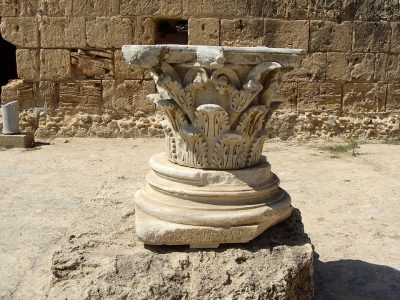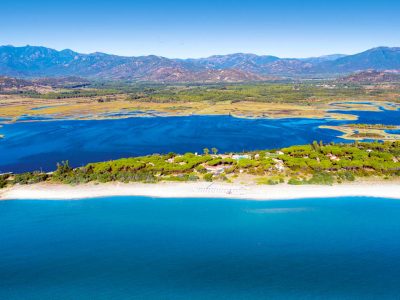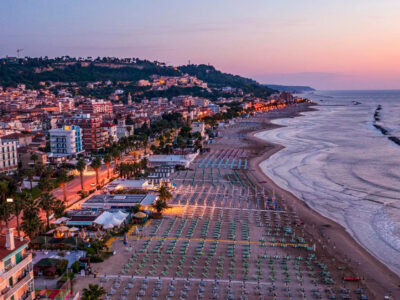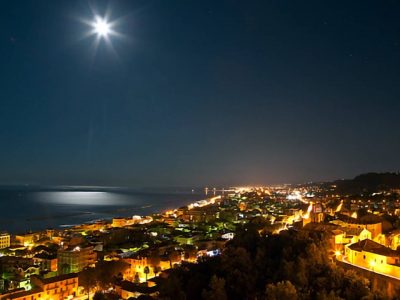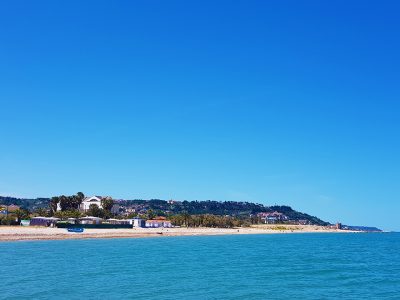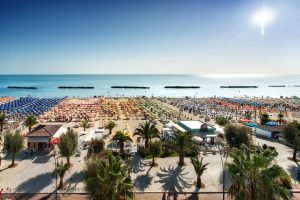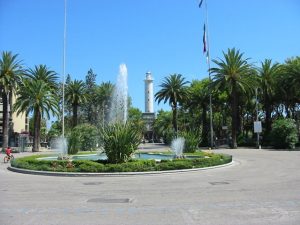San Benedetto del Tronto
is a municipality located along the southern Adriatic coast of the Marche at the mouth of the Tronto river, it is an important tourist center and fishing port of the Riviera delle Palme. It is the southernmost coastal town in the Marche region.
In reality, little is known about the origins of San Benedetto del Tronto. They have always been traced back to the 12th century but, in the summer of 2011, many artifacts dating back to Roman times were found in some interesting archaeological finds that took place in the Upper Country . including a basin, a mosaic of white tiles with black frames and a corner of the wall of a building with red wall frescoes typical of the Roman decorative phase dating back to the Neronian or Flavia age, datable between the first half of the 1st century BC and the first half of the 1st century AD. These findings question what was known about the real origins of San Benedetto.
San Benedetto del Tronto enjoys a particularly benign Mediterranean climate, with mild winters (about 7 ° C of seasonal average) and hot but not sultry summers (about 23 ° C of seasonal average). The average annual temperature is about 15 ° C while rainfall is generally between 700 and 800 mm.
Monuments and places of interest
Historical and military architectures:
– Torre dei Gualtieri (or Torrione) – from the 15th century
– Guelph Barracks – from the 16th century
Religious architectures:
– Cathedral of Santa Maria della Marina – year 1615
– Church of San Benedetto martire – from the 11th century
– Church of San Giuseppe – year 1870
Civil architectures:
– Palazzina Azzurra – inaugurated on 1 September 1934
– Concordia Municipal Theater
– Monument to the Jonathan Seagull
Natural areas:
– Bilge – Located north of the mouth of the Tronto river, it is an area of 200 hectares in which there are only very few rural buildings and which, despite some cultivated areas and despite the integral reclamation attempts carried out in the past, has a humid area of great importance at the biological and aviofaunal level.
It is indicated as one of the last wetlands for the migration of avifauna, present between the mouth of the Po and the Gargano and is one of the very rare stretches of sandy beach with an undeveloped hinterland in the whole Adriatic.
San Benedetto del Tronto is rich in endangered or increasingly rare plant and animal species on Italian soil, and its importance from an environmental point of view is always growing given the continuous anthropization of all coastal areas both in the Marche and in the neighboring Abruzzo.

